Middle Grade
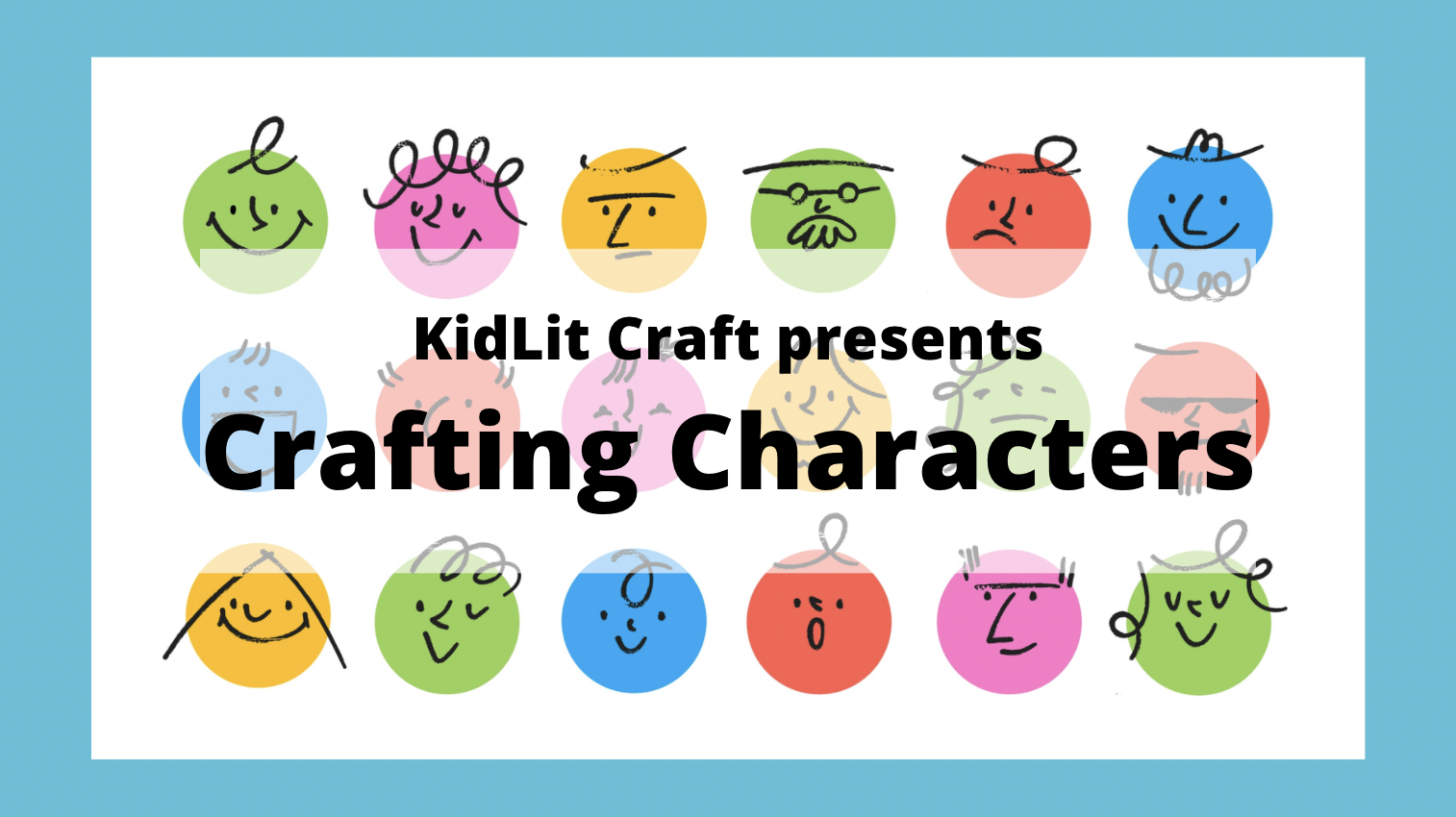
In our third post of Crafting Characters, our authors and contributors share how they connect with their character’s traits–whether through pulling from their own personalities, using tarot cards, or looking for opportunities for opposition. Read on to find out their strategies.
Filed in:
READ POST

Welcome to our second post in our Crafting Characters series. For some people, working out character before putting pen to paper is the best way forward. Others have characters show up nearly fully formed, or at least with enough substance to have something to say. Those people often make efforts to listen to their characters–whether through freewriting, through scenes, or through meditative daydreaming. These authors and our contributors share their favorite ways to develop their characters. Read on for some mindful strategies for uncovering character and letting the characters speak.
READ POST
Filed in:

Welcome to our first post of our April 2022 series, Crafting Character. Character is the driving force of the story, but actually letting character drive our stories can be tricky. That’s where KidLit Craft comes in. We’ve asked authors and our contributors to share their favorite ways to develop their characters–by getting to know them, exploring character desire, and focusing on core relationships.
READ POST
Filed in:
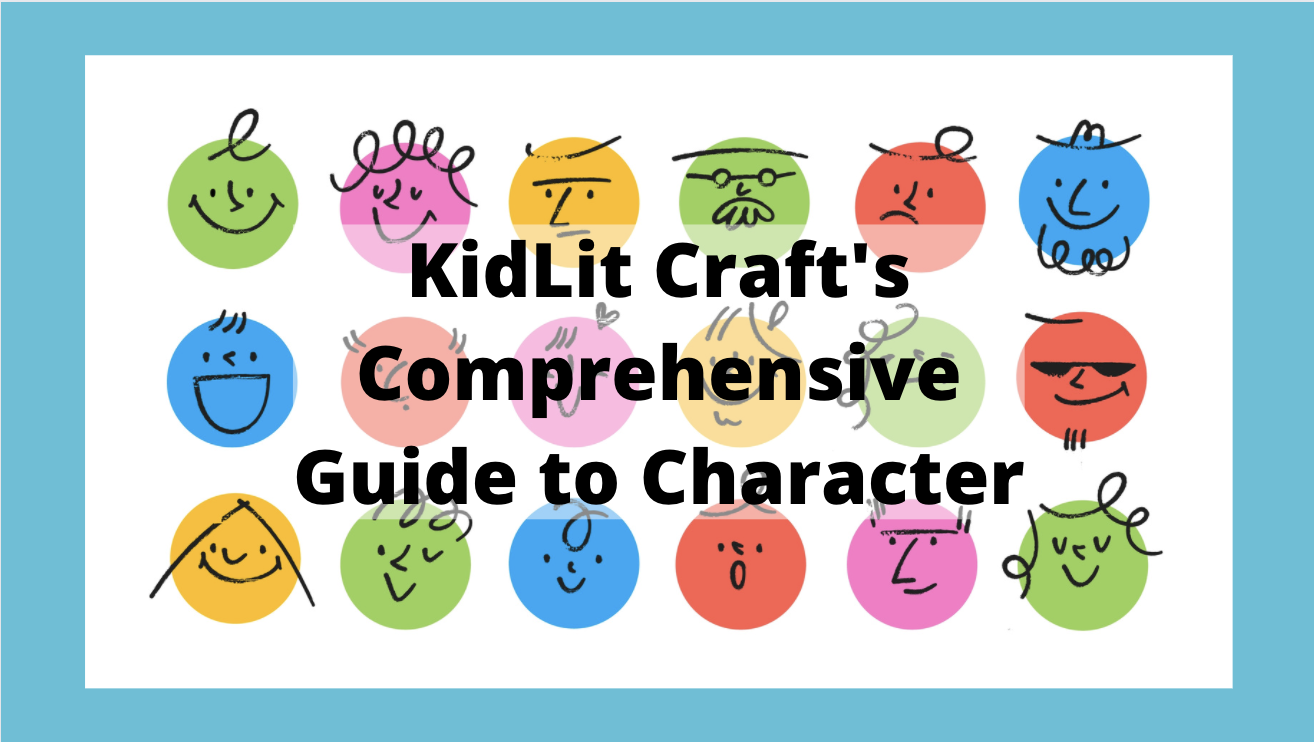
Looking at voice, interiority, internal arc, character relationships, and more, our writers have analyzed mentor texts in all categories to discover strategies for creating characters that leap off the page and into readers’ hearts. This list is one you can return to over and over to find just the post you need in the moment.
READ POST
Filed in:

The Heroine’s Journey celebrates the gifts of the matriarch. It explores themes of family, community, collaboration, cooperation, and love. As an author, and as a person, it’s important to me to write books that support those values, so everyone who reads them can be inspired to evolve toward a more feminine, collaborative, resilient society. To illustrate the points I make in this post, I’ll be examining the Heroine’s Journey of Elin in The Beast Player, a Japanese YA fantasy by Nahoko Uehashi. Elin’s story is an excellent example of the Heroine’s Journey.
READ POST
Filed in:
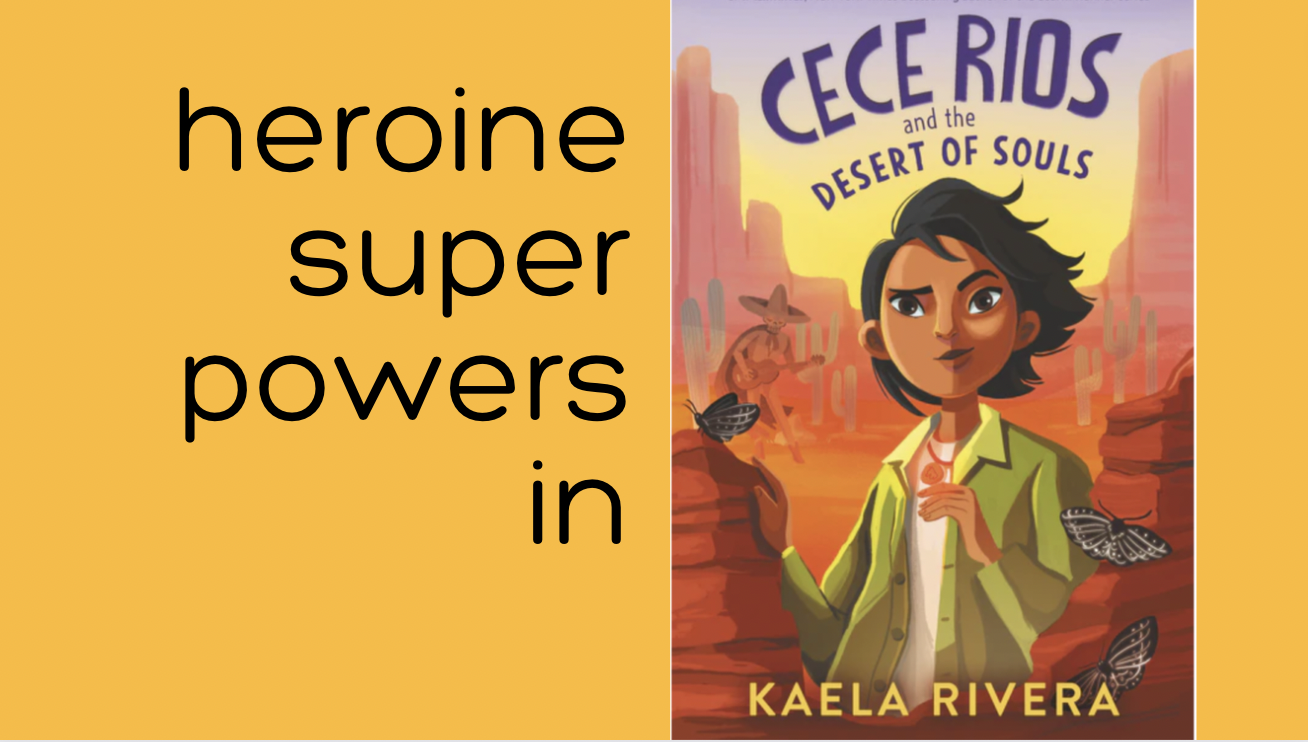
In order to understand how a heroine grows into her superpowers, I followed the heroine’s journey closely in three movies: Elsa in Frozen, Rey in Star Wars: The Force Awakens, and Meg in A Wrinkle in Time. I identified a common pattern for a superheroine’s recognition of and acceptance of her superpowers. Then I applied what I learned to analyze CeCe Rios and the Desert of Souls, a middle grade novel by Kaela Rivera to translate what I found in films to what might work in a novel.
READ POST
Filed in:
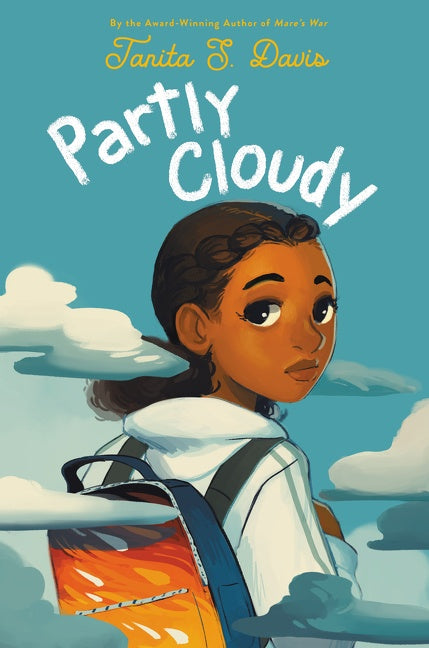
Fortunately, weather is something people of all ages intuitively understand when it comes to a metaphor for someone’s emotional state. Sunshine is happy, rain is sad, and stormy weather is, well, stormy. Readers easily connect the dots between weather and emotions. That makes it a great extended metaphor for a middle grade novel.
READ POST
Filed in:

A lot of people want to be allies, or seen as friendly and open to the idea of friendship across races, cultures and social strata. This idea of “just talk to each other” may seem like it’s wildly oversimplified, but it turns out that if you want to know someone, it really is that simple. You may be nothing like a diehard gardener or wide-eyed tween, but if you’re willing to see a potential connection between the two of you, it will be there.
character development, emotional resonance, extended metaphor, metaphor, pantser, setting, writing process
READ POST
Filed in:

Some great stories make use of what Melanie Jacobson calls the emotional antagonist. The emotional antagonist is on the protagonist’s side, but the protagonist doesn’t have their approval or support.Jacobson believes emotional antagonist can be a powerful addition to a book because it gives a story an extra satisfying ending–a resolution with the emotional antagonist. We can see the emotional antagonist in action in Eddie the Eagle (2015).
READ POST
Filed in:
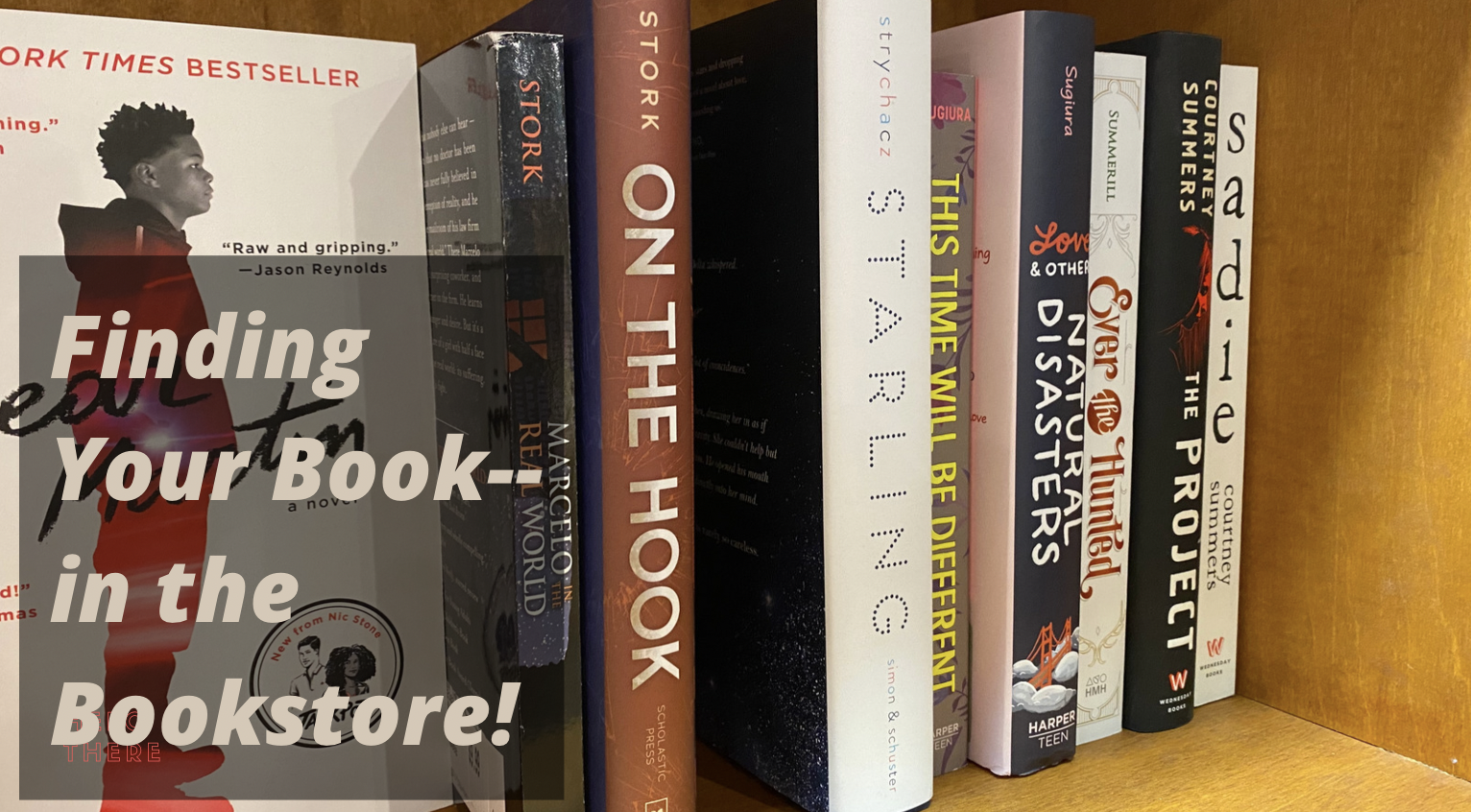
Knowing where my book would sit on a shelf and what books it would be friends with helped me think more clearly about my revision. When I’m faced with a choice, I can consider what would sit well in the spot I found for it.